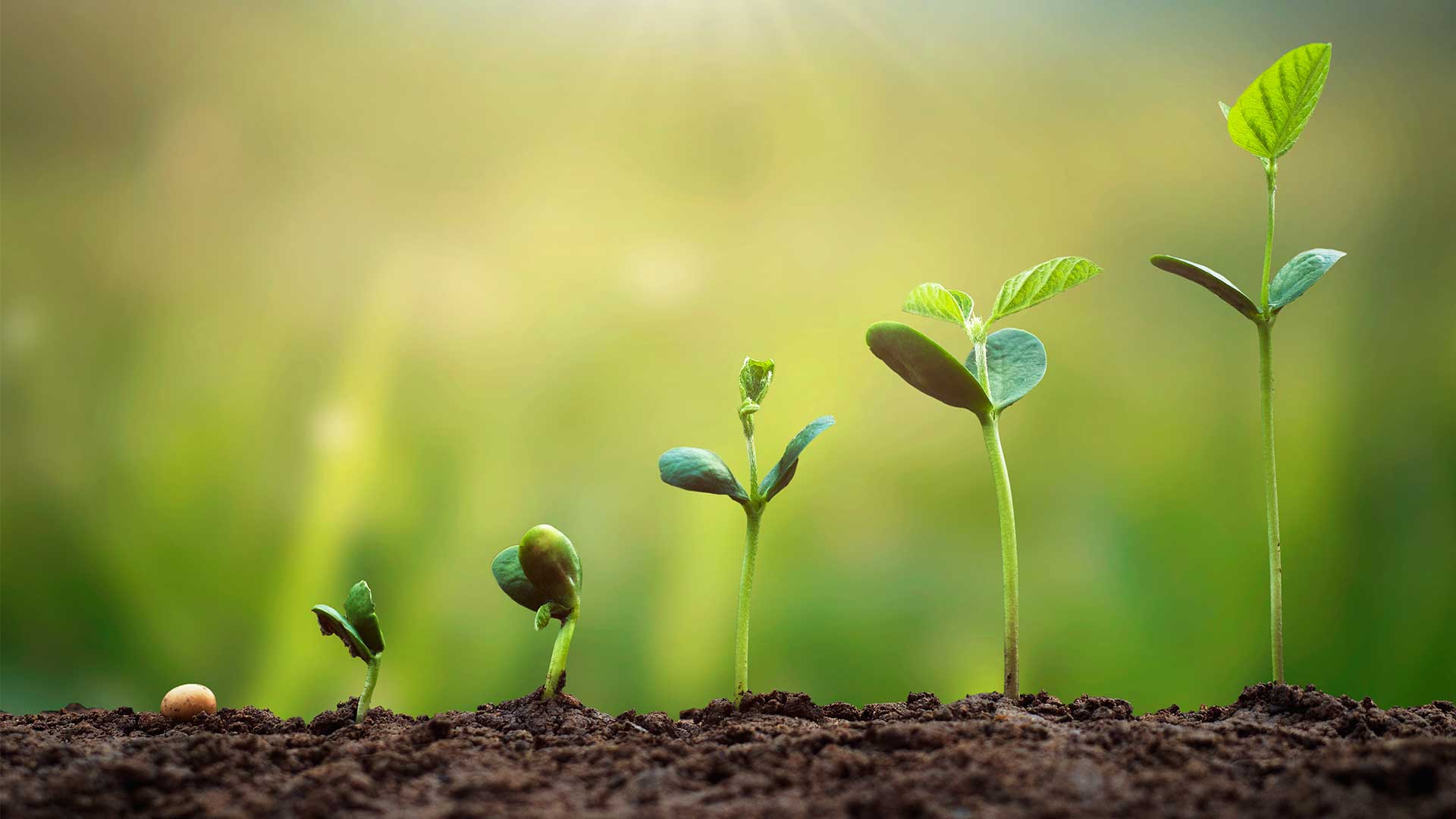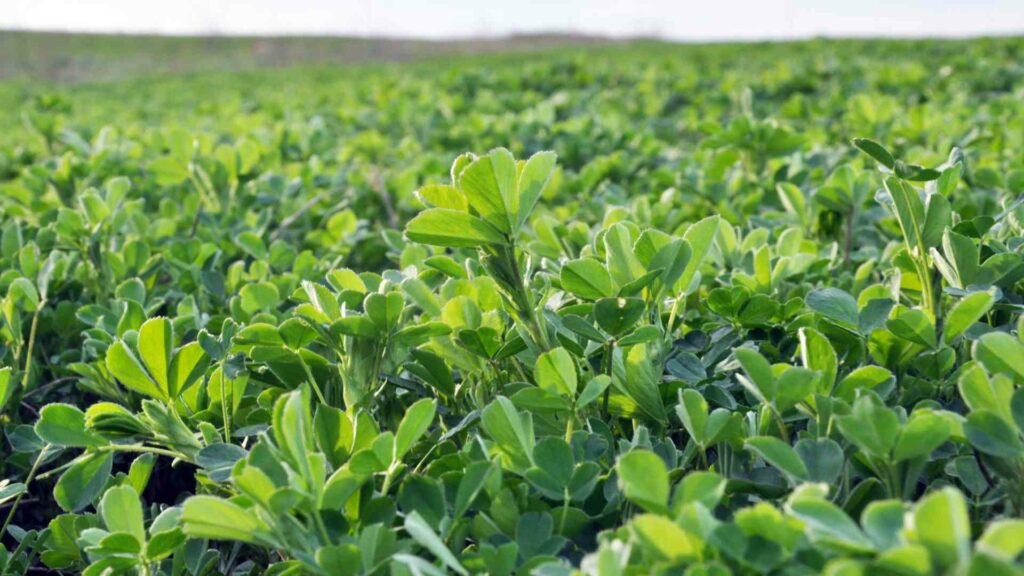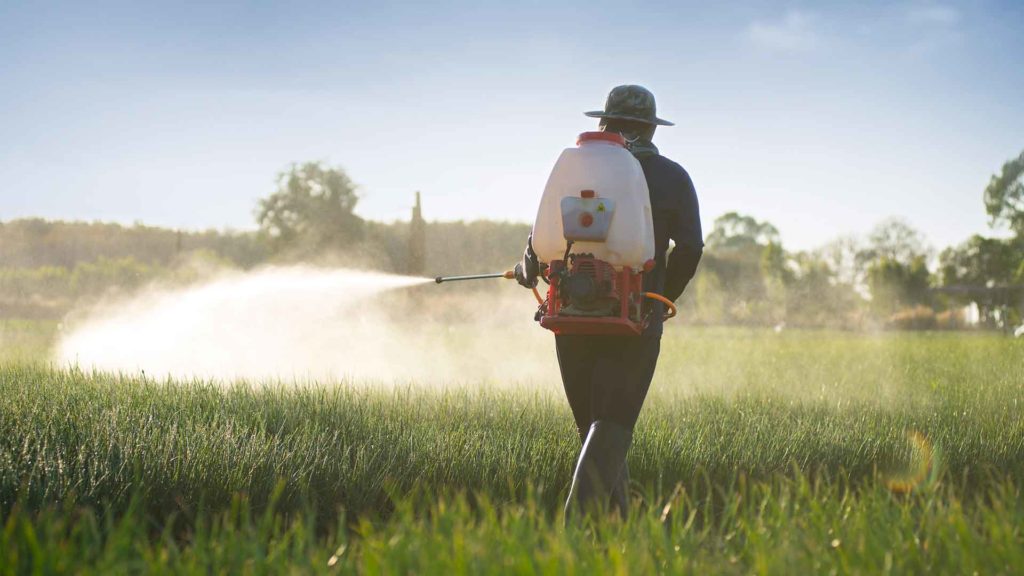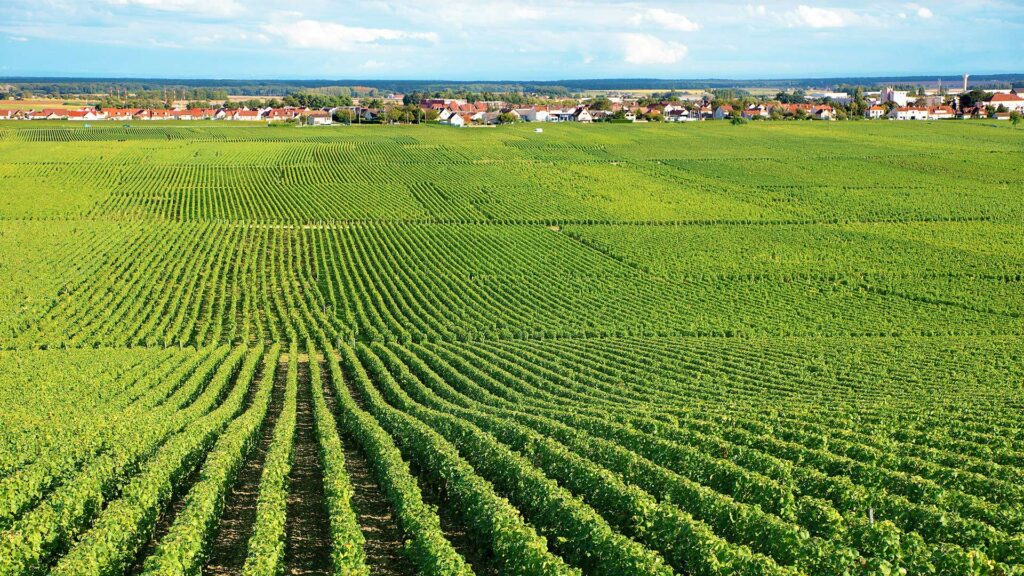Is Boron Essential for Plants?
Boron Essential for Plants: Boron is a vital nutrient for plants. It plays a crucial role in regulating the development of root and shoot meristem and thus helps complete the life cycles of plants from seed germination to fully-grown plant.

Boron Essential for Plants
Boron and Plants
Boron is a trace element discovered in the 1920s. It is found in a variety of rocks and soils. It is an essential element required for plant production. Earlier, scientists believed that boron helps plants stay underwater. However, we now know that Boron plays a significant role in driving the evolutionary change of plants from aquatic to terrestrial habitats. In land plants, Boron is involved in various processes, including cell division, maintaining stem cell activity, hormone generation, metabolism, and transport. Boron also plays a role in nucleic acid synthesis, phenolic metabolism, carbohydrate biosynthesis and translocation, pollen tube growth, root elongation, and lowering IAA oxidase activity.
Transportation of Boron inside Plants
The primary source of Boron for plants is soil. Plants take up this nutrient through their roots. The primary mechanism to absorb nutrients like Boron into plant cells is defined as ‘passive diffusion’. Lipid bilayers allow Boron to pass through them via passive transport (distribution) and possibly transport.
Boron Transporters
The presence of B-specific transporters has been confirmed not only in roots but also in leaves and reproductive organs using a combination of genetic and biochemical techniques. The activity of Boron in transporters is strictly regulated by response to the Boron levels in soil solution. Plants regulate the expression of major intrinsic proteins (MIPs) and boric acid/borate transporters to control capture and transportation. The major B transporters are found in the Nodulin 26-like intrinsic protein (NIP) family, including the root transporters NIP5;1 (boric acid channel) and BOR1 (boric acid/borate exporter), which are thought to be crucial for maintaining B homoeostasis. In low-Boron soil solutions, plants enhance the expression of NIP5;1 and decrease the expression of BOR1. This causes an increase in Boron accumulation in roots, which leads to a rise in Boron uptake. The transporter BOR-4, on the other hand, is involved in B toxicity tolerance when there is an excess of Boron or when Boron is excluded from cells and tissues. Furthermore, NIP6;1 corresponds to a channel facilitating Boron permeability across the plasma membrane and is entirely impermeable. This transporter is primarily found in the stem nodes, especially the phloem. Thus, land plants have a complex Boron absorption and transportation system based on the NIP and BOR families, with NIP5 isoform expression strongly stimulated in both roots and shoots.
Translocation of Boron Inside Plants
Transpiration promotes B translocation across xylem cells after B absorption by the roots. Differential B tolerance is also related to the ability to restrict nutrient translocation from roots to shoots, permitting a considerable Boron accumulation in roots. In locations with high levels of Boron, plants with this potential have been recommended for phytoremediation. Boron may also be transported by the phloem, allowing it to move between vegetative and reproductive tissues, though this varies significantly between species. Boron complexation with polyols contributes to mobility. As a result, Boron is relatively stable in phloem in restricted mobility plants. So, the most common deficiency symptom is shown in young leaves and meristematic tissue, which is linked to the death of the apical meristem. Furthermore, in some plant species, such as apples, nectarines, Arabidopsis, and citruses, Boron can be delivered in sufficient quantities to meet plant needs.
Developmental Transitions Aided by Boron
Nutrients are necessary for plants to grow and develop. Without them, plants won’t be able to make seeds or flowers. So, land plants must go through developmental transitions to complete their life cycle, and these transitions are controlled by cell proliferation and differentiation. Boron is an essential nutrient for healthy plant growth. At the young embryos stage, the boron regulates the asymmetric cell division. When boron is deficient, there is less cell division, resulting in a rootless plant. In adults, Boron transports into shoot apical meristem. Boron deficiency causes a lack of shoot apical meristems. These changes in Boron transport cause the plant to flower later than usual. Plant root growth is controlled by signals coming from the roots themselves. To grow, plants need to absorb nutrients from the soil. Plants must sense when there are enough nutrients available in the soil. When the amount of nutrients available is low, the plant sends out chemical signals to tell other parts of the plant how much nutrition is needed. These chemical messages travel along the length of the plant via the xylem system.
Boron – Too Much of a Good Thing?
Plants need Boron to grow, but too much Boron makes them stop growing. When plants are stressed, they produce less BRM, which means less Boron gets into cells. This prevents plants from making flowers. Flowers are singular organs representing the final developmental stages of a plant. It is not surprising that efforts have been made to understand flower development. Flower development is an exciting but understudied field of plant biology. NIP7;1 is a facilitator of boron transport. Mutants show defective reproductive structures. Therefore, it is critical to maintaining an appropriate B level in both meristems and reproductive organs.
The Importance of Enough but ‘not too much’ Boron
The importance of Boron in plant growth and development has garnered a lot of attention in recent years. Boron resists drought stress, increases their absorption of nutrients, and maintains the cell wall’s integrity. It is also required for legume crop nitrogen fixation and nodulation. When plants are deprived of Boron, they may become stunted, twisted, or die due to lack of nutrition. Also, significant progress has been made in proving the need for this element for land plants. While Boron is required for photosynthesis, insufficient levels can stifle growth and cause poor root development. Plants with low boron levels are more susceptible to damage from high light intensity, long days, and high energy. Boron transportation inside the roots may also be hindered by low soil temperatures. Despite all the studies pointing to the benefits of Boron plant growth, there is still some controversy about whether or not Boron is essential. More research will help to progress the debate.





